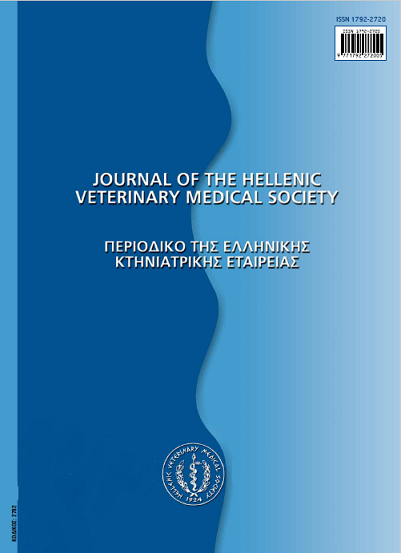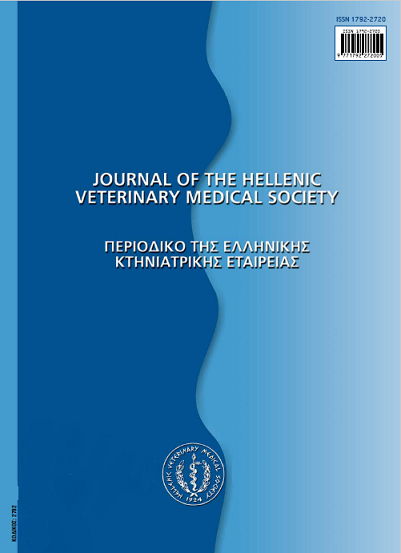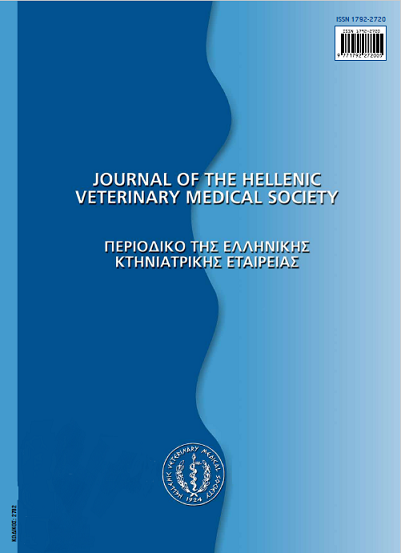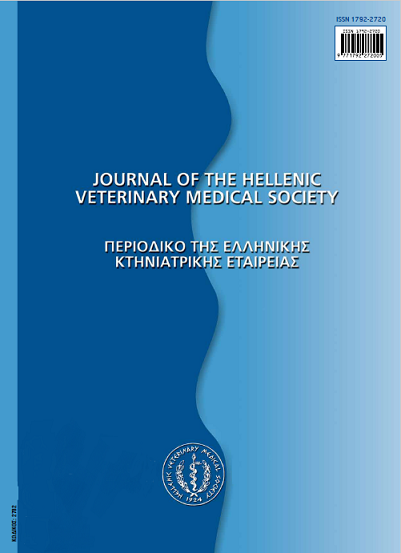Swine as an animal model of cardiopulmonary resuscitation

Abstract
This paper reviews the advantages of swine in relation to other animal models of cardiopulmonary resuscitation referred to in the literature. The causes of cardiac arrest and the difficulties raised during research in humans are presented. All animal models used in this particular field are discussed and a detailed review is performed regarding the major anatomical and physiological similarities between swine and man, as well as the experimental studies published in the international literature.
Article Details
- How to Cite
-
LELOVAS (Π. ΛΕΛΟΒΑΣ) P., MARINOU (Κ. ΜΑΡΙΝΟΥ) K., XANTHOS (Θ. ΞΑΝΘΟΣ) T., PAPADIMITRIOU (Δ. ΠΑΠΑΔΗΜΗΤΡΙΟΥ) D., PERREA (Δ. ΠΕΡΡΕΑ) D., & DONTAS (Ι. ΔΟΝΤΑ) I. (2017). Swine as an animal model of cardiopulmonary resuscitation. Journal of the Hellenic Veterinary Medical Society, 57(1), 27–41. https://doi.org/10.12681/jhvms.15007
- Issue
- Vol. 57 No. 1 (2006)
- Section
- Review Articles
Authors who publish with this journal agree to the following terms:
· Authors retain copyright and grant the journal right of first publication with the work simultaneously licensed under a Creative Commons Attribution Non-Commercial License that allows others to share the work with an acknowledgement of the work's authorship and initial publication in this journal.
· Authors are able to enter into separate, additional contractual arrangements for the non-exclusive distribution of the journal's published version of the work (e.g. post it to an institutional repository or publish it in a book), with an acknowledgement of its initial publication in this journal.
· Authors are permitted and encouraged to post their work online (preferably in institutional repositories or on their website) prior to and during the submission process, as it can lead to productive exchanges, as well as earlier and greater citation of published work.






